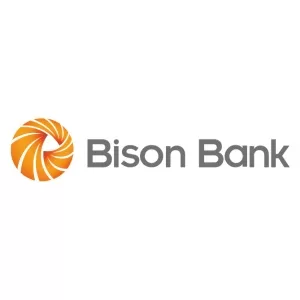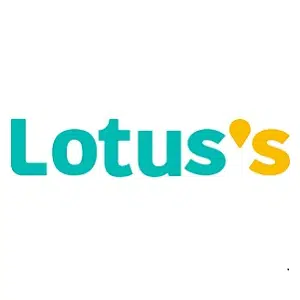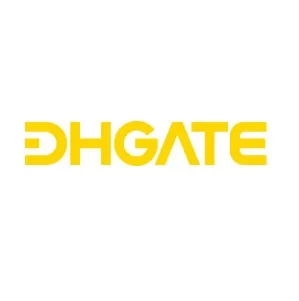Technology
Navigating the Future: Examining the EU AI Act

Highlights
- EU AI Act agreement reached, marking a historic milestone.
- Legislative journey initiated in 2021, drafts circulated among EU political arms.
- Agreement covers broad points, detailed insights expected in the coming weeks.
- Ongoing meetings refine scope, operational mechanisms with recitals defining fundamental principles.
- Anticipated “four-column document” to compare proposals, outline compromises by February.
- Committee of Permanent Representatives (Coreper) approval needed; evaluation scheduled early next year.
- Implementation timeline: most obligations enforceable within two years, specific AI system prohibitions in six months.
- Voluntary AI Pact for businesses encouraged to fulfill responsibilities before law’s implementation.
- Violations may incur fines up to 7% of global turnover or 35 million euros.
- AI Act complements existing EU legislation, forming the fifth pillar, setting global tech standards.
In a historic move, European Union countries and lawmakers recently reached a provisional agreement on the EU AI Act – marking an important step toward creating regulations for AI technology. The journey, which started back in 2021 with numerous drafts circulated among political arms across the EU – ultimately culminated in this provisional deal set to become law soon enough. We explore its key aspects below.
What Does the Agreement Encompass? A press release outlining broad points of agreement has been released to the public, while further details will likely become available in coming weeks, providing insight into its intricacies. Government officials and lawmakers’ aides are currently engaged in meetings to further refine aspects such as scope of laws and operational mechanisms of agreements.
These meetings aim to establish the fundamental principles of AI law, known as recitals. Similar to data privacy law in Europe, these statements explain its essential objectives while making its implementation easier.
An anticipated provisional document, commonly referred to as the “four-column document,” should be available by February. This will serve as the basis for comparing proposals from EU Council, Commission and Parliament as well as outlining any compromises reached during provisional negotiations.
Potential Roadblocks and Evaluation
Before the AI Act can become law, it must first be approved by the Committee of Permanent Representatives (Coreper), where each EU country is represented. At its meeting scheduled early next year, Coreper holds the power to evaluate or even derail this agreement; French President Emmanuel Macron expressed doubt about it and has asked for an exhaustive assessment of implementation.
A “blocking minority,” comprised of at least four countries, is capable of calling for evaluation at Coreper and thus poses a threat to its agreement. Notably, France, Italy and Germany had initially proposed exemptions for European AI startup firms but later withdrew their support at December’s meeting.
Post-Legislation Landscape of Canada
Once implemented, most obligations under the AI Act will become enforceable within two years, giving member states ample time to adapt domestically to these new rules. Most notably, prohibitions against prohibited AI systems (such as predictive policing ) take effect six months post-passage of law; foundation model obligations like transparency reports and risk assessments become binding 12 months post-passage.
Businesses are being encouraged to join a voluntary AI Pact in order to fulfill key responsibilities before the law takes effect, with violations potentially incurring fines of up to 7% of global turnover or 35 million euros, whichever is greater.
The AI Act serves as the fifth pillar of EU legislation, complementing Digital Markets Act, Digital Services Act, Data Governance Act and Data Act. This comprehensive framework seeks to set global standards in technology regulation while setting guardrails for responsible AI development – ushering in a new era in the digital landscape.




















































